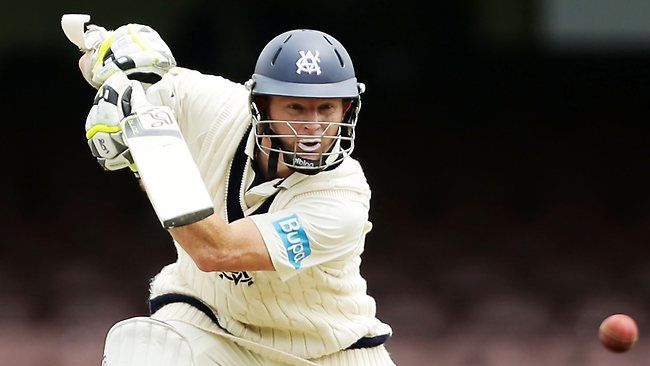
The Emerging Talents - Players to watch out for in 2013
How do you classify an emerging player? Someone who has not played international cricket and is all ready to set the stage on fire given an opportunity? Somebody who has played international cricket, flopped, made a stirring comeback on the domestic scene and is all pumped up to perform, if given another opportunity? Somebody who has just made that transition in the year gone by? Someone who will make that transition in the upcoming year?
Phew! Anyway, I have used my limited sense of judgement and applied weightages to all the above mentioned parameters and have come up with my list of emerging players for 2013 across all three formats. As much as I know my crystal ball is right, I would love to be proven wrong by a superlative performance from a hitherto unknown superstar in the wings. After all, the charm of cricket lies in its unpredictability, right?
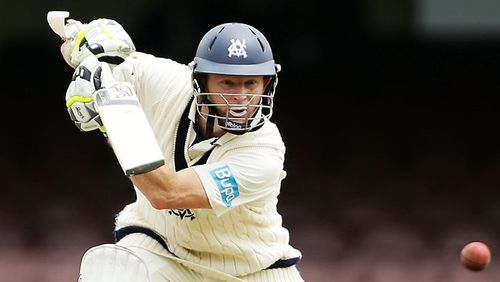
Chris Rogers
Chris Rogers – Despite touching 35, there are multiple reasons why Chris Rogers should be in line for a Test recall six years after his debut in Perth. For starters, despite his admirable 86 in Hobart, Philip Hughes is no Ricky Ponting and Dave Warner was never Virender Sehwag. Australia also can’t afford to wait and watch with the twin Ashes coming up next year.
His batting average of 38.6 might not suggest so, but Rogers has been in fine form this year, playing some crucial knocks for Middlesex and Victoria. A place in the Ashes squad would also give him a shot at redemption after his 219 for Leicestershire against the visiting Australian side set the tone for the English summer of 2005. During that innings, Matthew Hayden advised him to throw his wicket to benefit the national team; seven years later, Rogers looks like the best man to take Hayden’s place in the team.
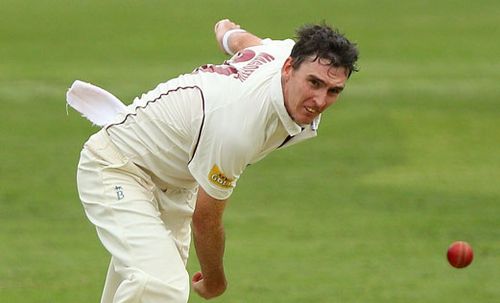
Steve Magoffin
Steve Magoffin – The closest this thin and lanky pacer got to the Australian national team was in early 2009 when he was flown in as cover to South Africa for the injury-hit national squad. At 33, a repeat seems unlikely but one never knows, what with the brittle health of the Aussie pace attack and the absurdly scientific rotation policy employed by the Australian selectors.
In any case, if Jackson Bird gets a look-in, Magoffin deserves the same just for the sake of sheer numbers. He’s toiled away for hours for Queensland and Sussex and his tally of 72 wickets this year is a testimony to the fact. The only thing that might go against him is his (comparative) lack of pace but over the last few years, Australia has sorely missed someone like Stuart Clark who can be the workman in a line-up of speed merchants and Magoffin might be the perfect option to take that place.
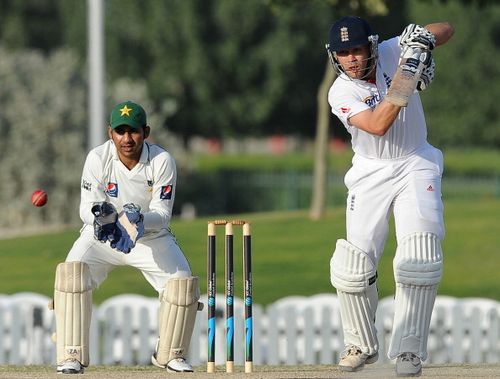
Sarfraz Ahmed
Sarfraz Ahmed – With Adnan Akmal matching up to his brother’s level of (in)competence behind the stumps, it is time Pakistan look for different options. And they need not look too far beyond their ODI wicket-keeper.
Sarfraz would have definitely played more but for the lack of his batting ability. In an age of all-rounder wicket-keepers, neither does Sarfraz have the sub-continental flamboyance of Kamran Akmal or Mahendra Singh Dhoni nor does he have the combative brilliance of the likes of Brad Haddin or Matt Prior. However, in Test matches at least, Pakistan would be served well by a wicket-keeper who is not a goalkeeper and Sarfraz fits the bill perfectly, having snared 58 catches in just 15 matches for Sind, PIA and the PCB XI. He has a first class batting average of 42.28 with a highest score of 213, so one can expect that with greater exposure, his batting will improve.
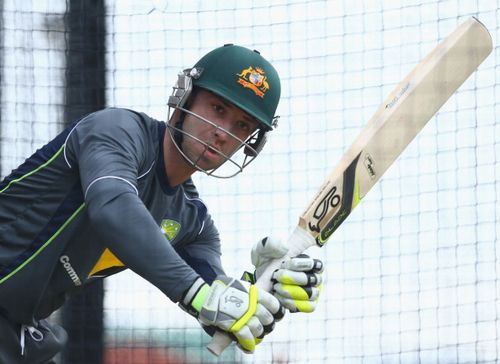
After a remarkable start to his career, Phillip Hughes didn’t have the technique to prevail in Test cricket.
Phillip Hughes – It spells out the desperation which the Australian selectors are with respect to matching their Asian counterparts for youthfulness in the team when Philip Hughes makes a comeback to the Test team ahead of the older Chris Rogers. One is similarly confounded when the same Philip Hughes is overlooked for a struggling ODI squad whitewashed by arch-enemies England after scoring close to 900 runs in 15 innings at an average of 87.9 in the same year.
The Australian selectors should phase in Hughes the same way they did with Katich – gradual progression from ODI cricket to Test cricket. As of now, his lawn tennis slap drives down the ground, slices through point and slashes to cover are best suited for the limited overs format where the Australians are yet to find a replacement for Ricky Ponting.
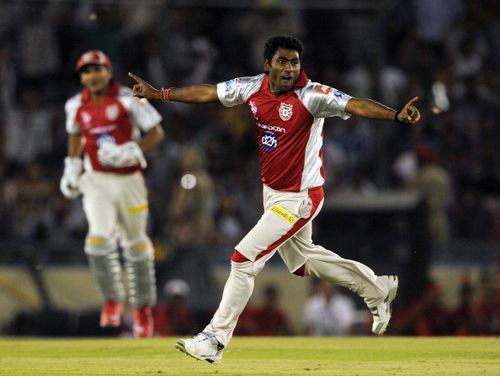
Parvinder Awana
Parvinder Awana – It is heartening to see somebody like Parvinder Awana play cricket. The joy, the effort, the exhilaration – everything is there on show in that 24 carat smile.
While India still tries to replace the Big 4 in their batting line-up and while Ravi Ashwin, Pragyan Ojha, Piyush Chawla and Ravindra Jadeja struggle to fill in the big boots of Kumble and Harbhajan, it is a fresh breath of air to see a spurt of bowlers grunting in to bowl their hearts out at over 140 kmph. Umesh Yadav, Varun Aaron and now Awana – they might break down but they send across a clear message that we will give back what we get.
While Awana got a call-up to the Test and T20 squads, ironically he has missed out on the format where he has done the best throughout the year. I still feel T20 is not the right platform to judge a fast bowler and I do hope that Awana does not have to pay for his new-pinch nerves in that format. Yes, he was close to pretty awful, both with the ball and in the field but to be fair to him, he never got a chance to come back. After all, a haul of 26 wickets in 11 matches with a strike of 21.6 does merit an opportunity. Only time will tell whether the Indian selectors will give Awana a chance with the older ball.
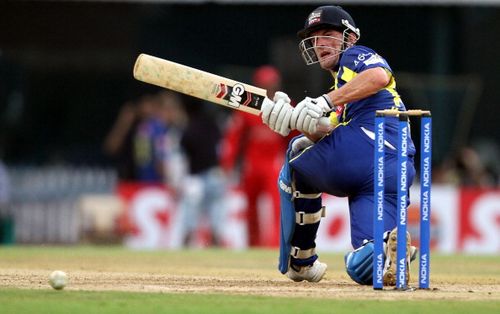
Dane Vilas
Dane Vilas – Mark Boucher’s unfortunate retirement has opened up a new challenge for South Africa. AB de Villiers is probably the second best batsman in the South African batting line-up and it would be unfair to expect to him to keep the wickets and lead across all three formats.
This is where the Allan Donald lookalike Dane Vilas steps in. Quinton de Kock might be playing T20s and Davy Jacobs and Mangaliso Mosehle might be breathing on his neck with Heino Kuhn not far away, but those who have seen Vilas keep the wickets for the Cobras, will vouch for him ahead of the others, at least in the longer formats. Probably the most technically correct keeper after Boucher, Vilas is no mug with the bat with a batting average close to 30 at a strike rate of 95+. Growth has been slow for Vilas who received the domestic newcomer of the year award in 2009 but 2013 could be his year.
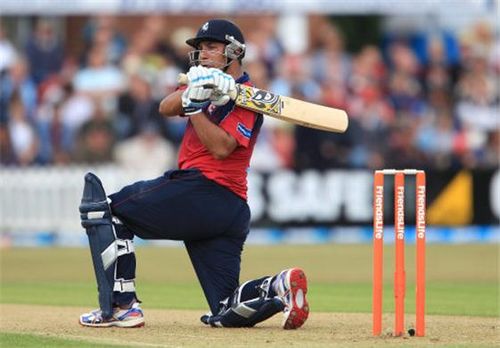
Azhar Mahmood: Handy ‘British’ Allrounder
Azhar Mahmood: Mahmood is a living example of why T20 is as much a game for journeymen beyond the prime in other formats as it is for sprightly twenty year olds. Discarded from the Pakistan side after that fated loss to Ireland in the 2007 World Cup, Mahmood has forged a career for himself as a soldier for hire in most T20 leagues around the world. Which is sad, because even as he closes in on 38, he can give many international players a run for their money as one of the best all-rounders in the shortest format. In fact, on current form (1158 runs and 52 wickets in 49 matches), he can win a spot in any side on the dint of either of his talents.
It would be interesting though as to which side he would make a comeback to. Mahmood is a now a citizen of the United Kingdom, after marrying a British National in 2005. He would be a welcome addition to the English lower middle-order in place of Tim Bresnan, beefing up the batting and bowling line and length as the third seamer. Were his country of birth to choose him instead, he would be a handy top/middle order slogger who can bowl quite a bit when the chips are down. The jury is still open on that but the verdict has been passed: Mahmood deserves an encore.
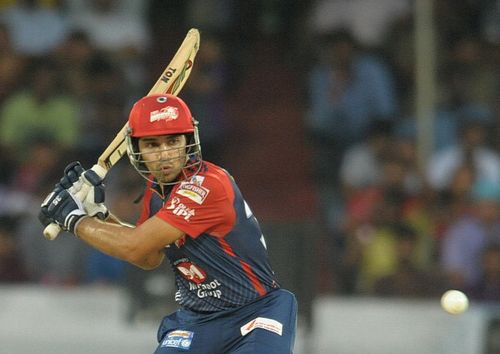
Naman Ojha
Naman Ojha: What with all the worries on his head, Mahendra Singh Dhoni is not getting any younger. While he still remains the top choice as a wicket-keeper across all three formats, one wonders though whether that is going to change in 2013. He has already spoken of his desire to give up on the shorter versions of the game although he qualifies to play the same on the sheer potential of his batting, despite the same having fallen a few notches since April 2, 2011.
While Wriddhiman Saha remains the first choice for Test cricket and possibly for ODIs too, his style of batting is perhaps slightly unsuited to the slam-bang format. This is where Naman Ojha comes in. Ojha has been more or less clean as a whistle behind the stumps for the Delhi Daredevils although one might say he got more opportunities to bat (and batted better) with the Rajasthan Royals. At 29, he isn’t the youngest option available but then read the above example. One would tend to feel Ojha deserves to add to the two T20s he played back in the summer of 2010 as part of a second string Indian side.
So that brings my list to a close. This, by no means, is an exhaustive list. In fact, even as I write this, I can already tick off a few names who came close. Varun Chopra from Essex promises to be the next big thing in English batsmanship and close-in fielding. Lanky paceman Chris Wright is finally living up to his potential at Warwickshire after unsuccessful stints with Hampshire, Middlesex and Essex. Both are part of the English Performance Programme in India. The time is ripe for Richard Levi to play ODIs while Ross McMillan deserves a chance at least when Jacques Kallis is not playing. Owais Shah and Rana Naved have done enough (and their countries have not done enough at the World T20) to feel that they warrant a recall in the shortest format. Let us see how many fulfil their portents or are given the opportunity to do so in 2013. The year seems promising.